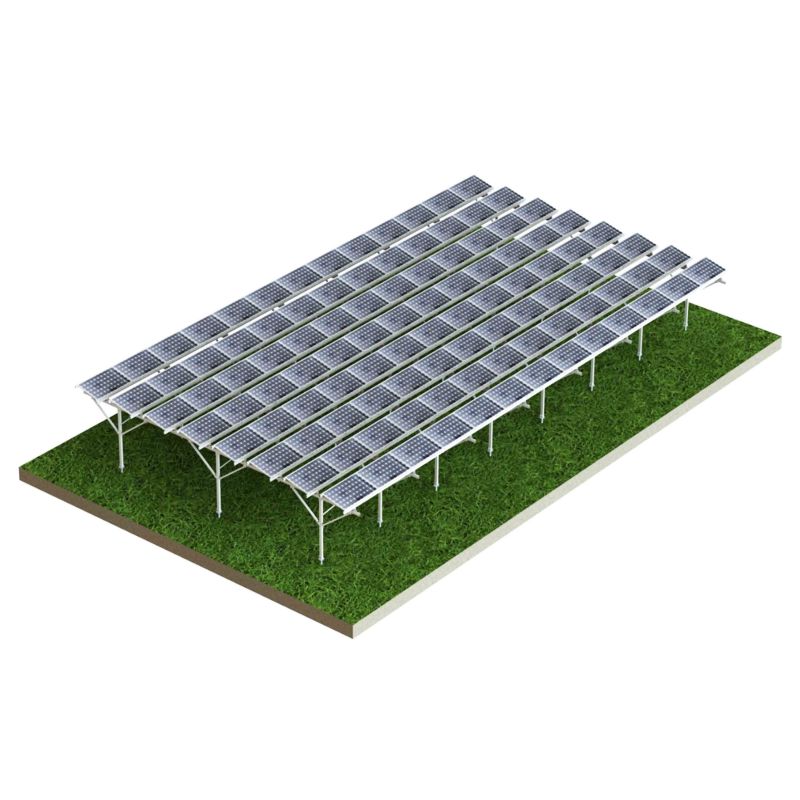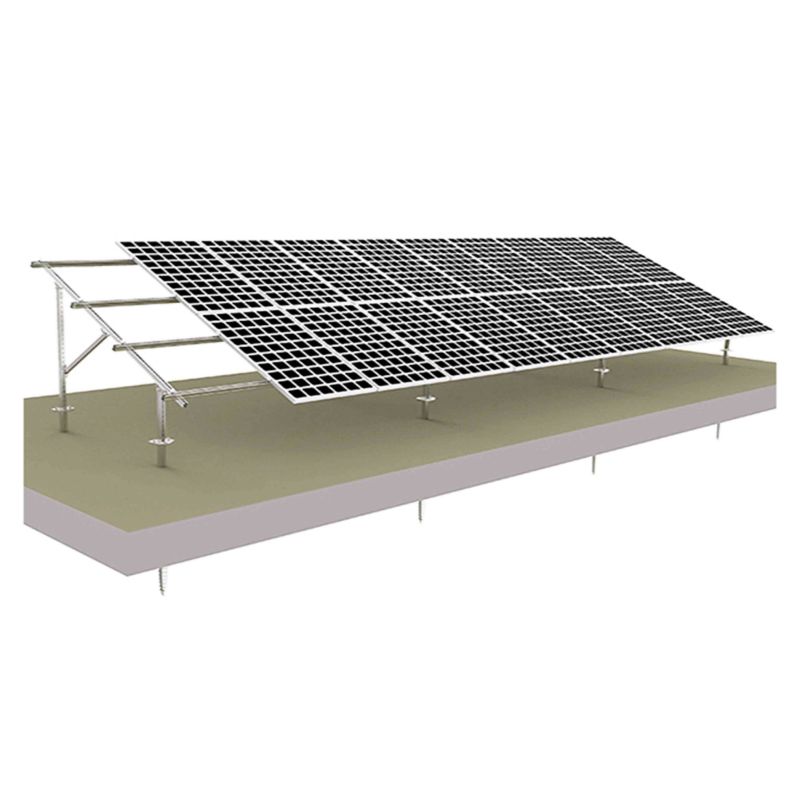Copyright © 2023 Ningbo Gangtong Zheli Fasteners Co.,Ltd. All Rights Reserved
LinksSitemapRSSXMLPrivacy PolicyHow Can You Start a Solar Farm the Smart Way
2025-10-29
When I joined the Gangtong team years ago, one of our strategic goals was to help customers not only buy components—but to successfully start a solar farm that runs reliably and profitably. In this post I’ll walk you step by step through how to build a solar farm, explain key technical parameters of our products, and offer practical advice to help you avoid common pitfalls.
Contents
-
What Do You Need to Know Before You Start a Solar Farm
-
What Are the Key Components and Their Specifications
-
How Do You Plan Layout, Design, and Engineering
-
How Do You Handle Permits, Financing, and Grid Connection
-
How Do You Build, Commission and Operate a Solar Farm
-
What Are the Common Challenges and How Do You Mitigate Them
-
FAQ – What People Always Ask
-
How Do You Get Started with Gangtong — Contact Us
1. What Do You Need to Know Before You Start a Solar Farm
Before you pick a plot and order panels, there are foundational evaluations you must carry out:
-
Feasibility / site study: solar irradiance (sunlight resource), shading, terrain slope, soil conditions, flood risk, access roads, proximity to grid infrastructure
-
Land acquisition or lease: secure land rights, easements, title, or lease agreements
-
Local rules and zoning: check whether solar farms are allowed, environmental restrictions, setback rules
-
Market & off-taker analysis: what’s your plan for selling the electricity? Power purchase agreements (PPAs), feed-in tariffs, or direct supply
-
Financial modeling: estimate CAPEX, OPEX, payback period, return on investment
-
Risk assessment: what about weather, degradation, maintenance, grid curtailment
Getting those right up front prevents expensive surprises later.
2. What Are the Key Components and Their Specifications
A solar farm comprises many subsystems. Here are the principal ones, along with typical product specifications you should evaluate (and which we at Gangtong supply):
| Component | Typical Specification Range | What to Watch For |
|---|---|---|
| PV Modules | 300 W – 600 W (mono, PERC, bifacial) | Efficiency, degradation rate, warranty |
| Inverters | String inverters, central inverters (500 kW – multiple MW) | Efficiency, MPPT trackers, grid codes compliance |
| Racking / Mounting | Fixed tilt or single/double-axis trackers | Wind loading, material quality, adjustment range |
| Foundation / Piling | Driven piles, ground screws, concrete footings | Soil bearing, corrosion resistance |
| DC / AC Cabling & Combiner Boxes | Cross-sectional areas e.g. 4 mm² – 300 mm² | Voltage drop, insulation class, UV resistance |
| Transformers & Switchgear | E.g. from 400 kVA to multiple MVA | Grid voltage levels, step-up ratio, losses |
| Monitoring & Control | SCADA systems, I-V curve scanners | Data sampling rate, remote monitoring reliability |
Here’s a sample set of product parameters from a Gangtong central inverter and tracker:
| Parameter | Gangtong CI-2000 (Central Inverter 2 MW) | Gangtong Single-Axis Tracker GTS-S1 |
|---|---|---|
| Rated Power | 2,000 kW | – |
| MPPT Inputs | 4 | – |
| Efficiency | 98.5 % | – |
| Max DC Voltage | 1,100 V | – |
| Max Input Current | 1,800 A | – |
| Tracker Range | – | ±60° east–west rotation |
| Drive Method | – | Electric linear actuator |
| Lifetime Design | 25 years | 20+ years, corrosion resistant |
We ensure each product is tested under real environmental cycles and provide detailed datasheets to support your engineering.
3. How Do You Plan Layout, Design, and Engineering
Once you have site data and component specs, you enter the detailed design phases:
-
Array layout and shading analysis
Place rows such that one row doesn’t cast shade on the next (use 3D modeling). -
Tilt, azimuth, row spacing
Optimize for your latitude and climate. -
String sizing and DC layout
Determine number of modules per string, voltage, current, and cable runs. -
Electrical design
Combine strings with combiner boxes; route DC cabling, select inverter locations, transformer connections, AC routing to grid. -
Structural design
Ensure frames, foundations, and piles withstand wind, snow loads, soil shifts. -
Soil and geotech design
Determine load capacity, corrosivity, drainage requirements. -
Civil works & access
Road layout, drainage, fencing, site grading if needed.
We at Gangtong provide full design support — our engineering team can assist you in creating layouts, 3D views, wire runs, loss calculations, and mechanical drawings to your local standard.
4. How Do You Handle Permits, Financing, and Grid Connection
Even the best design won’t fly if regulatory and financial foundations are weak.
-
Permitting & environmental review
Submit environmental impact studies, local planning approvals, grid interconnection permits, safety clearances. -
Utility / grid interconnection agreement
Work with the utility to agree on technical compliance, connection costs, protection systems, metering, and scheduling. -
Financing arrangements
Use debt/equity mix. Apply for government subsidies, tax credits, or green bonds as allowed in your region. -
Insurance
Insure construction risk, equipment loss, performance guarantees.
Often the schedule is governed more by permitting and approvals than physical building.
5. How Do You Build, Commission and Operate a Solar Farm
Once designs and approvals are in place:
-
Site preparation & foundation work
Clear vegetation, grade, install piles or foundations. -
Mounting & racking installation
Bolt frames or tracker structures. -
Panel mounting & wiring
Install modules, connect strings, route cables. -
Inverter & transformer setup
Install power electronics and step-up transformers. -
Testing & commissioning
Run functional tests, insulation tests, I–V scans, data integration. -
Operation & maintenance (O&M)
Regular cleaning, thermographic inspections, SCADA monitoring, preventive maintenance.
Performance monitoring is continuous; you must track metrics like capacity factor, yield per kW, system downtime, inverter logs, string faults, and degradation.
6. What Are the Common Challenges and How Do You Mitigate Them
From my experience, here are recurring pain points and mitigation strategies:
-
Shading & soiling losses
Use good layout, automatic cleaning, periodic washing. -
Voltage drop & cable losses
Proper string sizing, oversizing cables where needed. -
Component mismatch & failures
Use high quality brands, test modules, maintain spares. -
Permit delays
Engage local consultants early, pre-submit drafts, maintain local liaison. -
Grid curtailment or export limits
Negotiate with utility, include curtailment clauses, integrate storage if needed. -
Operations & maintenance cost escalation
Build a solid O&M plan in advance, keep spare parts stock, monitoring alarms.
7. FAQ – What People Always Ask
What is the minimum land needed to start a solar farm
It depends on system efficiency and spacing. Rough rule: ~4 to 6 acres per MW for fixed arrays, somewhat lower if using trackers.
Is a solar farm profitable
Yes—typical ROI can be 8 %–15 % depending on location, incentives, power rates.
Can you expand a solar farm later
Absolutely—design your layout with buffer zones and run extra conduits for future growth.
Do you always need battery storage
Not necessarily; depends on grid policy, dispatchability, or your own requirement for peak shaving or backup.
How long before I get paid back
Often 7 to 12 years, depending on CAPEX, subsidies, power price.
What is the lifetime of a solar farm
Modules are often warranted for 25–30 years; inverters may be replaced earlier; structural components can last 20+ years with maintenance.
8. How Do You Get Started with Gangtong — Contact Us
If you are ready to move from concept to reality, we at Gangtong are here to partner with you. We can provide product datasheets, layout consultations, performance models, and full project support. Let’s discuss your site, capacity goals, and technical constraints—and design a solar farm that meets your financial and operational objectives.
Contact us today to request a quote, schedule an engineering call, or get our starter checklist. I look forward to helping you launch a successful and sustainable solar farm.






